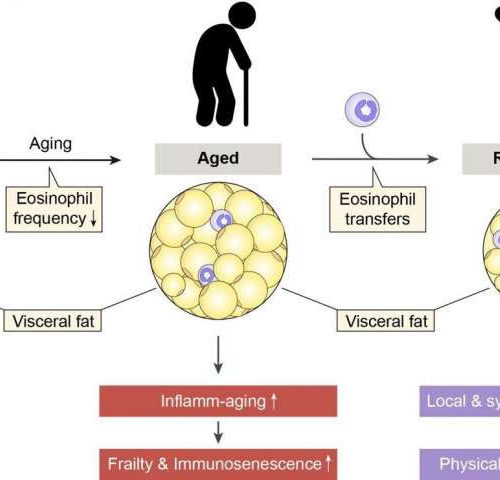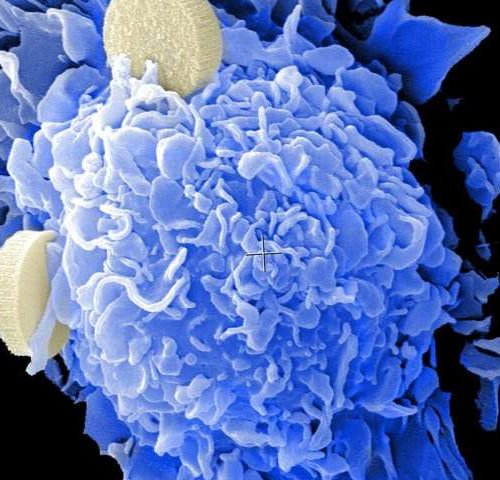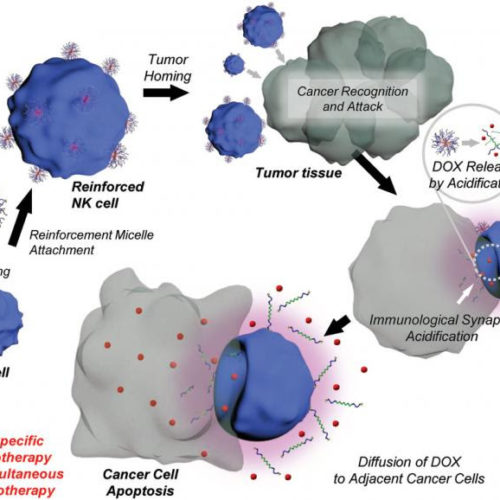by University of Bern With age the frequency of adipose tissue eosinophils decreases gradually. This leads to the production of inflammatory mediators, which promote age-related impairments (e.g. frailty and immunosenescence). Eosinophil cell transfers increase the frequency of these cells in adipose tissue and dampen age-related chronic low-grade inflammation. This results in systemic rejuvenation of the...
Tag: <span>Immunological Functions</span>
Research uncovers clues in use of immunotherapy for breast cancer
by University of Cincinnati UC researchers have found a potential new combination therapy for breast cancer that would integrate use of the body’s immune system with targeted treatment for a particular protein that advances cancer. The study, published in the journal Cancer Research, a journal of the American Association for Cancer Research, provides data that...
A roadmap for effective treatment of COVID-19
Due to the devastating worldwide impact of COVID-19, the illness caused by the SARS-CoV-2 virus, there has been unprecedented efforts by clinicians and researchers from around the world to quickly develop safe and effective treatments and vaccines. Given that COVID-19 is a complex new disease with no existing vaccine or specific treatment, much effort is...
Assassin cells armed with anticancer drugs kill cancer masses
There are immune cells in our bodies that directly destroy infected or cancer cells – they are called natural killer cells. Recently, a POSTECH research team has developed an integrative cancer therapy using adoptive natural killer cell therapy and chemotherapy. A research team led by Professor Won Jong Kim of POSTECH’s Department of Chemistry developed...
Coronavirus: Why the world will look to India for a vaccine
US Secretary of State Mike Pompeo said last fortnight that India and the US were working together to develop vaccines against the coronavirus. Mr Pompeo’s remark didn’t entirely come as a surprise. The two countries have run an internationally recognised joint vaccine development programme for more than three decades. They have worked on stopping dengue,...
A human liver cell atlas
Scientists discover previously unknown subtypes of liver cells in health and disease MAX PLANCK INSTITUTE OF IMMUNOBIOLOGY AND EPIGENETICS The liver is one of the largest and most versatile organs of the human body. It turns sugars, proteins, and fats from our food into substances useful for the body and releases them to the cells. In addition to its role in human metabolism,...
Immunological Functions of the Omentum
Trends VAT-associated Tregs are a transcriptionally and functionally unique population of Tregs that regulate immune responses and metabolic processes in adipose tissues, including the omentum. ILC2 cells are found in adipose tissues like the omentum, where they regulate local immune responses and adipocyte metabolism. The omentum is a well characterized site of ovarian cancer metastasis,...



